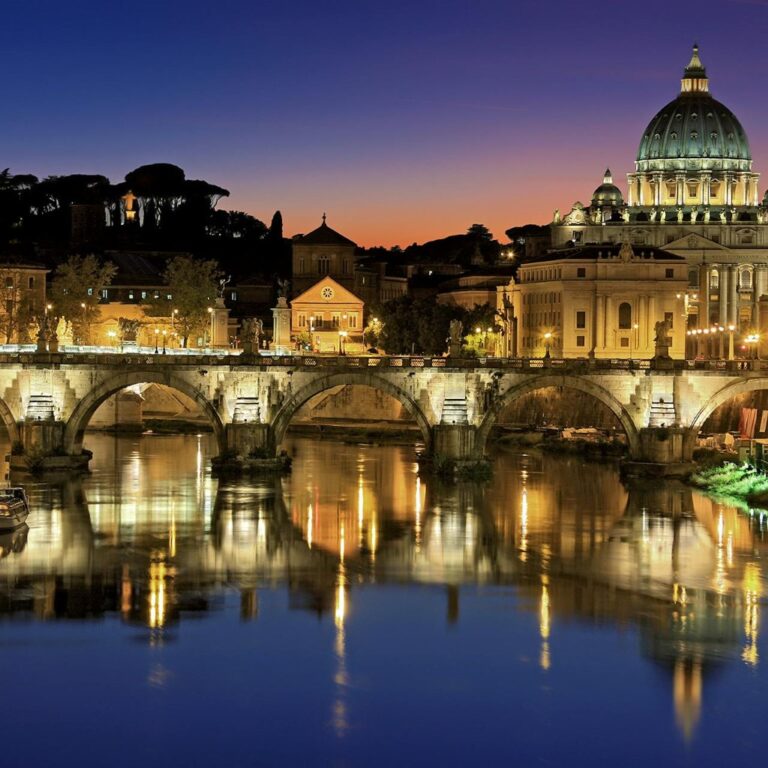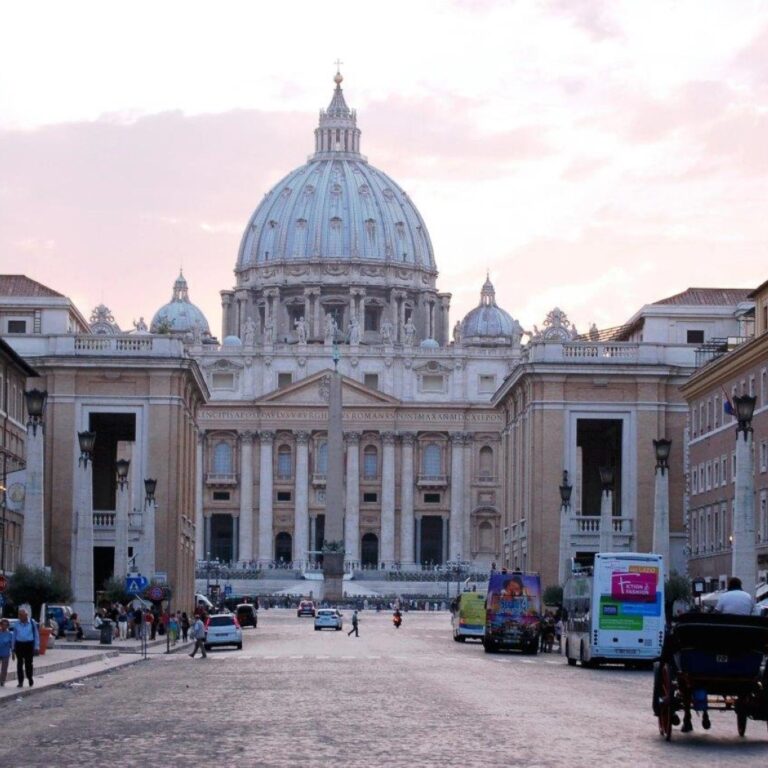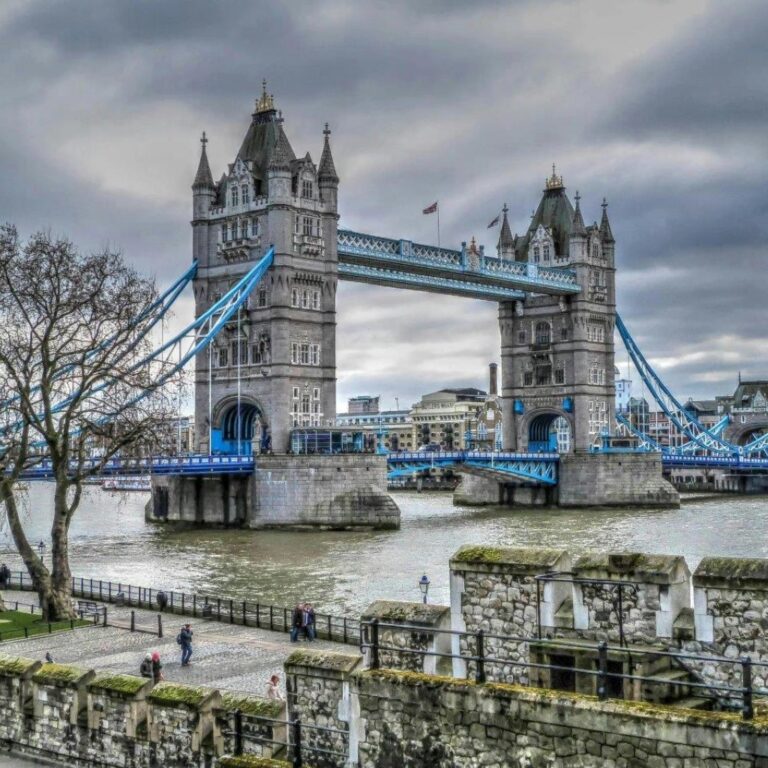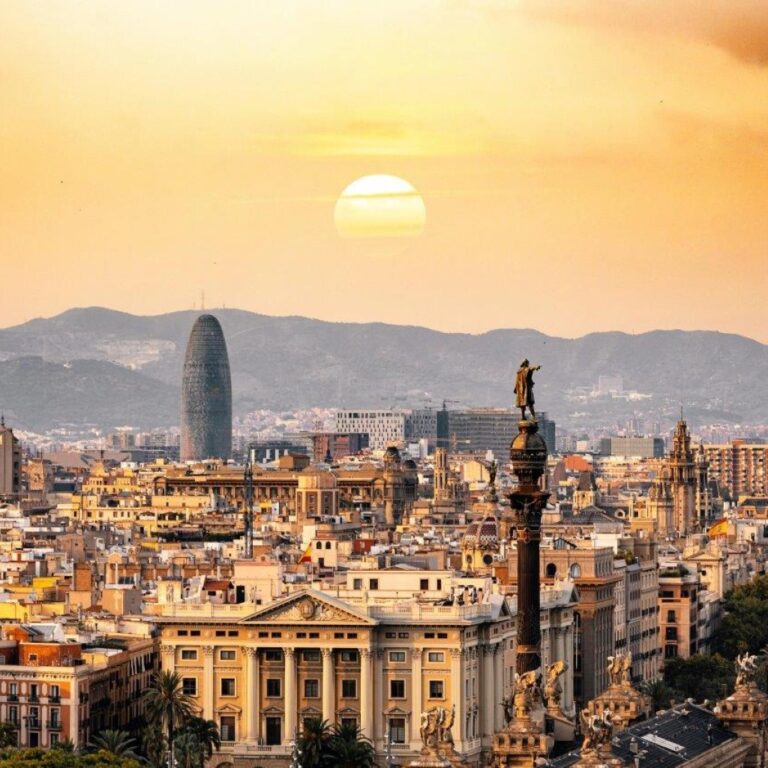Rome is often referred to as the 'Eternal City' and is one of the oldest continuously inhabited cities in the world.
The city was founded in 753 BC, according to Roman mythology, by the twins Romulus and Remus.
Rome is home to the Colosseum, the largest ancient amphitheater ever built, which could hold up to 80,000 spectators.
The Vatican City, an independent city-state enclaved within Rome, is the smallest country in the world and the spiritual and administrative center of the Roman Catholic Church.
The Pantheon, originally built as a temple to all the gods, has the world's largest unreinforced concrete dome.
Rome's Trevi Fountain is one of the most famous fountains in the world, where tradition holds that tossing a coin into the fountain ensures a return to the city.
The Roman Forum was the center of Roman public life, hosting processions, elections, and public speeches.
Rome is known for its seven hills: Aventine, Caelian, Capitoline, Esquiline, Palatine, Quirinal, and Viminal.
The Spanish Steps, consisting of 135 steps, connect the Piazza di Spagna with the Trinità dei Monti church.
The Sistine Chapel, located in the Vatican, is famous for its ceiling painted by Michelangelo, depicting scenes from the Book of Genesis.
Rome has more fountains than any other city in the world, with over 1,500 fountains scattered throughout the city.
The city's public transportation includes buses, trams, and a metro system, making it easy to navigate its historic sites.
Rome's cuisine is world-renowned, with dishes like pasta carbonara, cacio e pepe, and supplì being local favorites.
The city has a rich cultural scene, with numerous museums, galleries, and theaters showcasing Italian art and history.
The Via Appia, one of the earliest and most important Roman roads, once connected Rome to Brindisi in southeast Italy.



